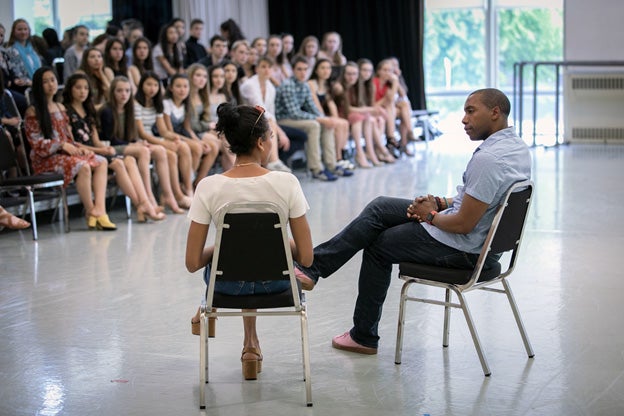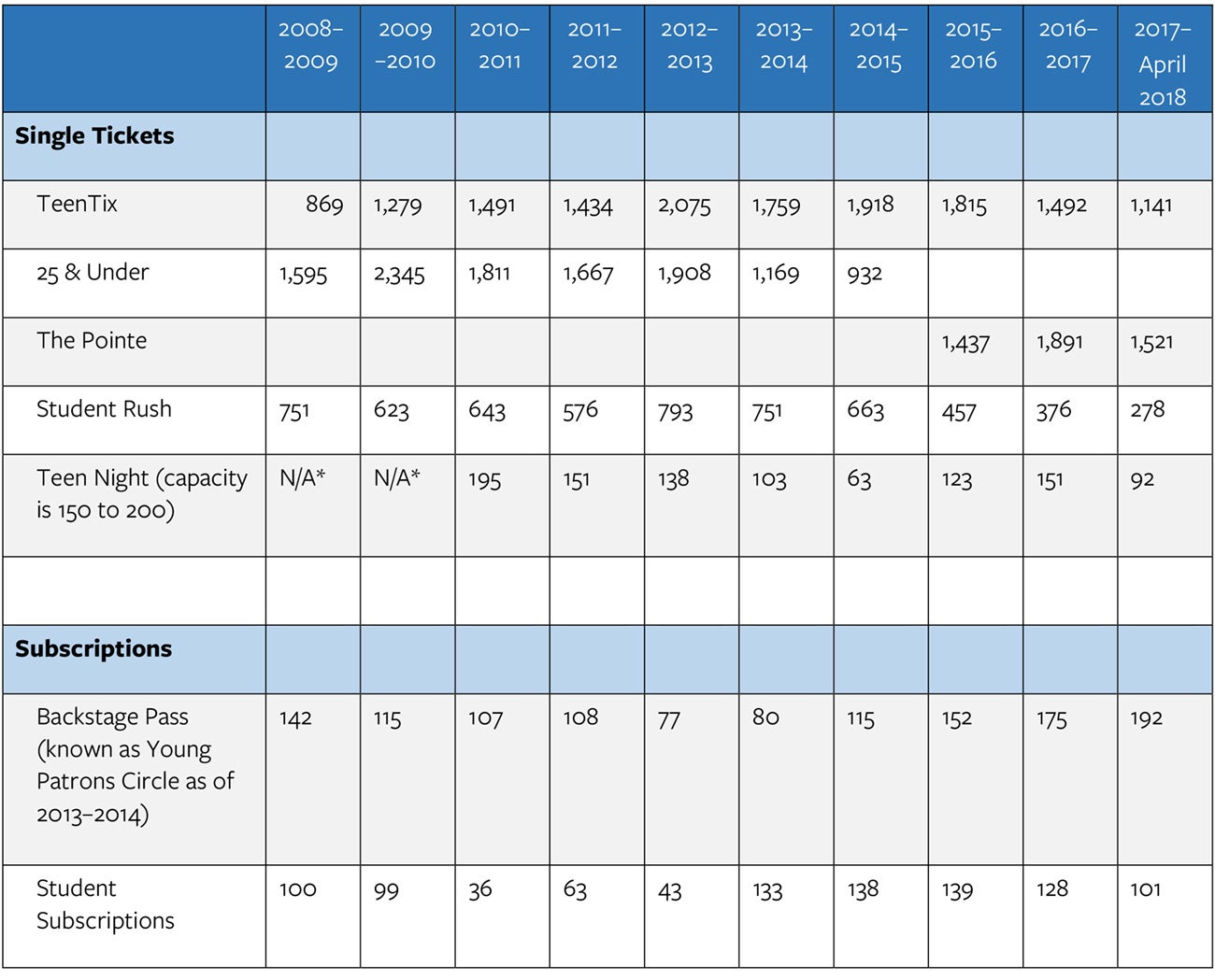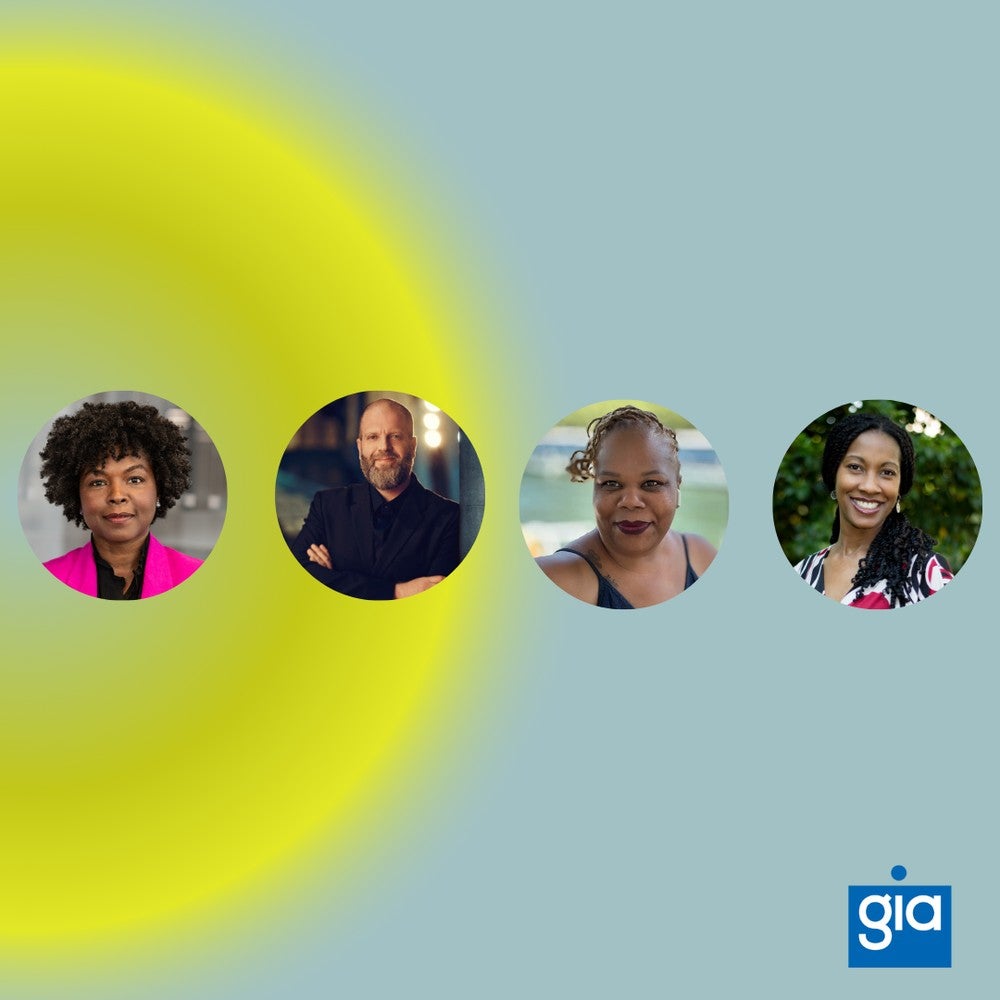Pacific Northwest Ballet (PNB) has been bucking the odds. At a time when teen and young adult attendance at ballet is declining, PNB audiences have grown—and at a healthy clip. “It is now well established that part of the PNB experience is seeing young people in the audience,” says Executive Director Ellen Walker.
That situation is the result of ongoing efforts to build teen and young adult audiences (up to age 40). The work started in 2009 out of concern with nationwide declines in teen and young adult attendance. During a four-year Wallace Foundation-funded initiative, ticket sales to teens doubled to more than 2,000 annually, and sales to adults under age 25 rose 20 percent. Since then, PNB’s success with teens has only continued, and the company is placing renewed emphasis on research and programs to build traction with the 20- to 40-year-old audience that has not been as responsive as teens.
The Early Years: Letting Audiences Know “There’s a Place for You Here”
Walker believes PNB’s greatest challenge with younger audiences has been breaking through perceptions of the company as what she calls a seemingly inaccessible “castle on the hill”—and showing potential patrons that “there’s a place for you here.” Initial research, described in a case study of the earlier initiative, revealed that many culturally active young people were open to ballet itself. But a lack of familiarity with PNB, combined with stereotypes of the performance hall experience as boring and stuffy, kept them away. Participants in that research also said that PNB’s website and advertising failed to communicate the excitement of a live performance and did little to invite them in.
In response, the company—which presents 100 performances a year to a combined audience of over 250,000, and also runs a ballet school—developed a plan to make PNB more accessible on multiple levels. For starters, it introduced reduced-price ticket programs including:
- 25 & Under: two tickets for $25 (or one for $15) to Friday performances for patrons age 25 and below;
- TeenTix: a partnership with this Seattle-based teen program providing its members $5 day-of-show tickets and an active online forum to share their experiences;
- Backstage Pass: a membership program for patrons ages 21 to 39, offering discounted subscriptions and social events;
- Teen Night: a teen-only preview of PNB’s annual choreographers showcase with a $5 ticket price (in 2018, that changed to free admission); and
- Half-price rush tickets and discounted subscriptions (10 to 15 percent off) for university students.
PNB also overhauled its communications, including:
- A redesigned website with easier navigation and more audiovisual content;
- Increased Facebook activity to build ongoing dialog about PNB’s artists and work. Over the four-year grant period, the organization's Facebook page grew from 2,000 followers to more than 90,000;
- More visually impactful images in promotions to communicate immediacy and excitement; and
- A series of videos showing everyday goings-on in PNB studios and classrooms which, after a slow start, were viewed more than five million times in their first four years.

Continued Success with Teens
PNB’s momentum with teens has continued. TeenTix, for example, sells thousands of tickets annually, even as patrons age out of the program and are replaced by new ones. (A dip in 2016–2017, according to Director of Marketing and Communications Lia Chiarelli, was probably due to relatively few well-known classical works, the biggest attraction for teens new to ballet.)
The ability to tap TeenTix’s community has been critical to encouraging teens to give PNB a try. In fact, many TeenTix buyers are new to PNB; TeenTix is the first purchase for nearly half (48 percent) of the trackable TeenTix households (that is, neither those teens nor their parents had bought in the past). What’s more, 40 percent of those first-time purchasers return to PNB—a remarkably high level given field-wide estimates that 80 to 90 percent of first-time performing arts patrons never come back. Many also appear to be staying with PNB once they age out of TeenTix. Two-thirds (66 percent) of those returning first-timers eventually purchase a ticket outside of TeenTix—either without a discounted offer or through programs targeting older patrons, such as 25 & Under.
The size of Teen Night audiences varies but they’re often near capacity, mostly attracting teens who already know the company (such as those in PNB's school). Chiarelli suspects that’s because PNB hasn’t found a partner able to attract an outside teen audience. Still, she says, Teen Night is important for strengthening bonds with existing PNB devotees.

Digital Marketing Evolves
Since 2013, digital marketing has become increasingly competitive, as the amount of digital content has grown and social media companies have exerted more control over distribution. At the same time, PNB’s needs have changed, so the company is using digital media differently. “Four or five years ago, getting exposure on social media was free and easy; organic content was sent to a large audience,” says Chiarelli. “Our audience is bigger now, but reach is less because it is at the whim of social media companies.” PNB has expanded to other platforms to boost that reach, including Twitter and Instagram, where it has more than 200,000 followers, even more than on Facebook.
The company still creates videos regularly but they serve a different purpose now. Initially, the goal was to familiarize young patrons with ballet and the company. But because many videos now exist to do just that, this is no longer a focus. Instead, videos showcase programs currently in the works, with a trailer, rehearsal previews and performance clips. The videos are featured prominently online where patrons can purchase tickets, in part to drive those purchases. That sales motive, however, is not the primary one. Says Chiarelli, “Our driving principal is to produce content that is true to PNB and to the program, and highlights the artist and work in a positive way.”
New Efforts to Attract 20- to 40-Year Olds
Like many performing arts organizations, PNB finds the 20- to 40-year-old audience more of a challenge—but also sees engaging that group as critically important. PNB is now targeting this cohort with new ticketing initiatives and programs, which are being supported by funding through The Wallace Foundation’s Building Audiences for Sustainability initiative.
To that end, PNB replaced the "25 & Under" reduced-price ticket program with The Pointe, an e-mail-based program for patrons age 40 and under whose members receive reduced-price, single-ticket offers for every performance. (Earlier, people age 25 to 39 could buy reduced-price subscriptions, but not single tickets.) Sales from The Pointe are increasing, though they have yet to reach the peak levels of 25 & Under. The Backstage Pass program is now “Young Patron’s Circle,” offering the same reduced-price subscriptions and social opportunities as before.
But PNB’s latest research suggests that “castle on the hill” perceptions remain for many in this age group, and reduced-price tickets alone aren’t enough to break through. To challenge those assumptions, the company has started staging new kinds of performances, such as free contemporary dance in Seattle’s Olympic Sculpture Park in 2016 and 2017, and on the lawn outside the performance hall in 2018. It also began offering one “Beer & Ballet” performance with each program, targeting 21- to 45-year-olds with $29 tickets and beer specials. This program is growing in popularity, selling 248 tickets when it was introduced in the second half of the 2016–2017 season, and 917 by spring of 2017–2018.
Ongoing Evolution
PNB also continues to monitor young people’s expectations, to ensure its future relevance. “There’s a place for you here” means different things to different generations, which need to be engaged on their terms. For example, in a recent round of focus groups with millennials, participants voiced fewer perceptions of PNB as elitist and stuffy than in the past. But they did comment that the audience was overwhelmingly white.1 “Young people’s sensitivities are different now. They are looking for a community to be equitable and inclusive and for ballet to evolve,” says Walker. “That’s important to us too. Our audience and company are more diverse than before. We are moving in the right direction.”
1 Young people’s sensitivity to diversity and inclusion is not unique to PNB’s research; it also surfaced, for example, in California Symphony’s conversations with millennial and Gen-X audience members; see Aubrey Bergauer, Orchestra X: The Results.




